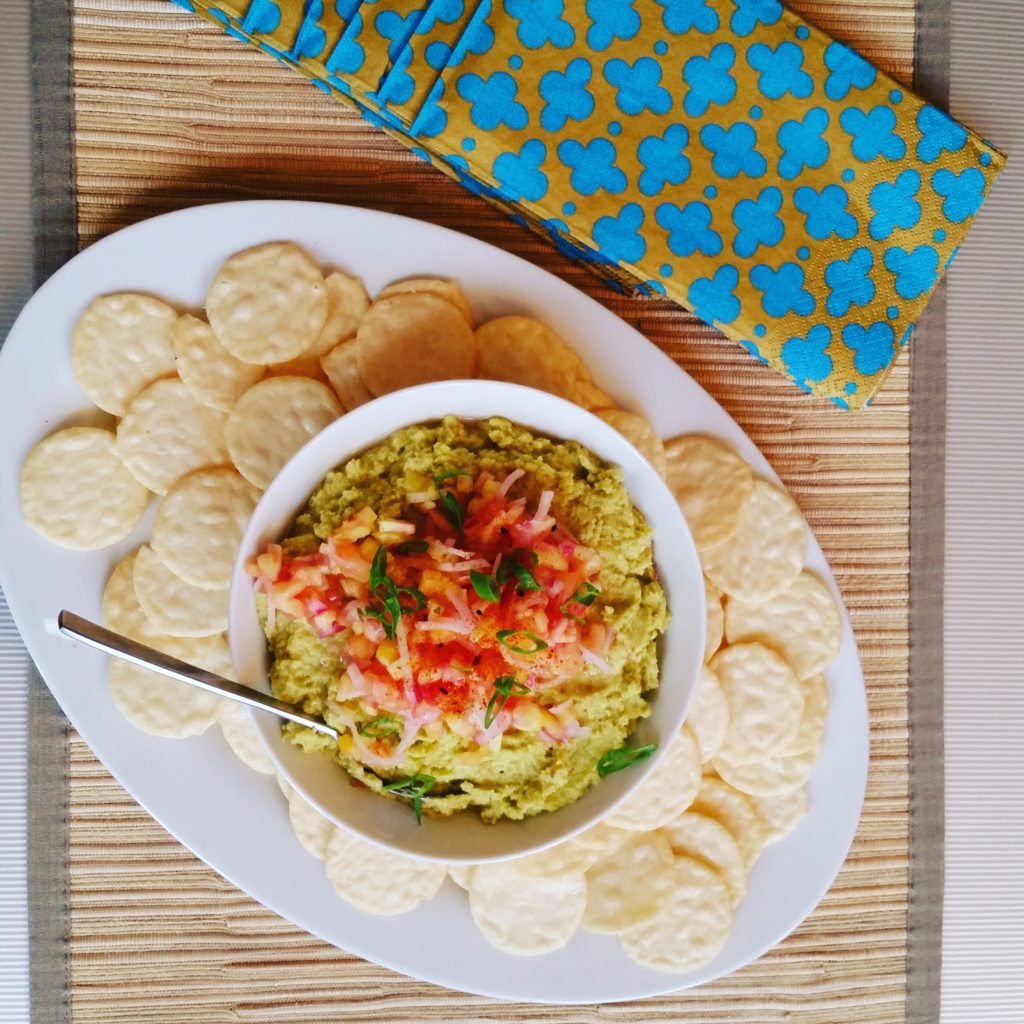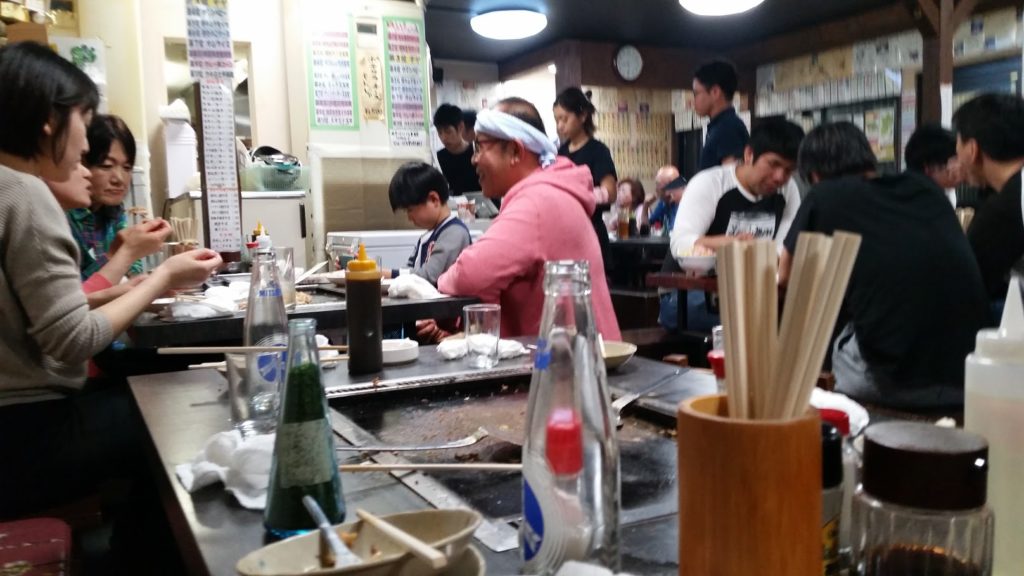
My designer Diana initially put a recipe section on my new web site. I said I wasn’t sure about putting in a recipes area at all. She looked surprised.
I explained that my site is not one of those sleek cooking sites like 101 Cookbooks or Smitten Kitchen, though I love them. Who doesn’t like looking at mouth watering pictures of food that you can’t have, or right away?
I said that I was excited about helping people with their lives, in particular helping them to use food that they have and not wasting food, which is a big pet peeve of mine.
What do I do with all those tomatoes I have that are on their way to rotting? What about the large zucchinis someone gave me from their garden? I have used them in everything I could think of and I am getting tired of them to be honest. What can I do with the greens in my fridge as I have to go away? I bought too many vegetables at the farmer’s market, now what?
These are the kind of questions I grapple with often and the type of questions I often get from friends.
I believe the first step before composting is to think if there is a way we could use or reuse something. This comes naturally to me as I come from a household where there was a lot of food bought and made, and we hated to waste or throw away anything, even if it was just barely enough for one bite. You see, that one bite or two was a lot if you were brought up like my parents through the Depression, war, poverty, and the internment camp where you were given what to eat and could not decide what to buy or eat.
I explained to Diana that I love using what’s available to put together something to eat, always have, and love leftovers. “That’s it,” she said with a knowing nod and changed recipes to “leftovers”. I laughed and said “perfect!” “Wouldn’t it be cool if I could have a dialogue to help people solve their leftover woes!” I added.
I’m not a recipe person, though I used to write them so the cooks could recreate my dishes in my restaurant and for students at cooking classes. I love looking through cookbooks and recipes, but I seldom follow one.
I love creating and cooking in the moment, using a bit of this, using up a bit of that, adjusting the taste with this or that. It’s never the same and after the process is over it’s hard for me to tell you what went into it, never mind the exact measurements. Perhaps that is the life of an artist vs. a scientist.
If as an artist, you were forced to measure out every paint and record every colour and stroke while you were painting that would not create the same process vs. painting something that comes from the heart and soul. Recipes come from the left side of the brain, the logical analytical side. The act of creating something with love comes from the right side of the brain where creativity, imagination and feelings rule.
In the restaurant, I used to quickly scribble my notes and measurements as I was cooking, and it was often hard to read later my scribbles, covered with streaks of food and coffee from the creation process. I would write up the recipes later, explaining things that would seem natural or instinctive to me but are critical if you want the recipe to turn out again and again.
Often when a cook made the recipe and it didn’t taste the same, I would go through the steps with him/her. They would often admit that they had skipped this or that because it seemed to long and complicated. I would be frustrated and explain that’s what makes the food amazing and they need to do it the way it’s written because a lot of care was put into its’ creation and it works. But, I knew that if I was not there to supervise them, they would do it the quicker and easier way, because short cuts are the way of the kitchen with the incredible amount prep that needs to be done before service. I get it.
It’s the beginning and last stages of cooking that are most important in my view. In the final stages, that’s when you decide if a dish is too tart, too sweet, too spicy, too watery, too dry, and hopefully not too salty because that is harder to fix. Dishes need to be ideally tasted a long the way so this doesn’t happen and salting is at the end for the most part when everything comes together. Then there is a careful dance of sprinkling in some salt, stirring and checking in with the palate, and then repeating the process over and over again until the salt and balance are perfect.
This is where my experience from trying so many dishes around the world, and instinctively knowing what will make it resonate and excite the general diner, comes in. I didn’t realize I had this experience and gift until I started cooking for my pop-up dinners and the restaurant and people raved about what I had created.
Taste is the hardest thing for a new cook to learn and finesse. I think it you don’t have the aptitude for good taste it’s a hard thing to teach. Partly it’s from a lack of experience in tasting a lot of things when you are young. I was a much different person in my tastes when I was in my early twenties than I was now. I went out to nice places rarely and often the fare was pizza, nachos, wings and pitchers of beers with friends. It takes times to master things and you usually suck at it when you begin. This is where persistence and determination come in and play a large part in developing your taste skills.
They say that younger chefs cook to please themselves and older chefs (I would also put in here more experienced chefs) cooks to please others. I believe this is true in life, not only in food.
I have changed from my twenties when yes it was all about me to now, wanting to serve others, make them happy. If I’m going to make dinner for someone I care about, I ask them what they like and don’t like to eat, I ask about their favourite foods, and then if I have the luxury, I observe them to see how and what they truly like to eat. It makes me happy to match or surpass what they would like to eat, with something amazing, testing their minds and taste buds but not too much that they won’t even touch it.
This is a long explanation, or excuse, of why it has taken me this long to write up the recipe for the edamame hummus that I served at my Chapters book signing in Ottawa in the summer and promised to those who ate it there and loved it. My sincere apologies! I made a large quantity and noted the general ingredients but never got around to making the recipe again in a smaller quantity and carefully measuring out and recording the ingredients. I procrastinated, go figure!
I like this recipe because it’s full of protein so you can use if as a dip, in your sandwiches or as a spread on crackers. It’s vegan and gluten-free. I’ve heard that kids love it too. I suggest you make a lot and store it in plastic containers in your freezer until you need one, pull one out, and you will be happy you made a big batch and that I finally wrote the recipe for you. Or if you have extra, why not give it to a busy friend. I find it’s always welcome and most people have a dip or spread of some kind in their fridges because it’s an easy go to type of food.
Tell me what you think, I’d love to hear from you. Have a leftover woe? Suffering from guilt because you have too much x and don’t know what to do with it? Happy in leftover heaven and need to share. I’m here.
Edamame Hummus
3 cups organic edamame beans shelled (thaw if using frozen)
1 can of chickpeas, drained and washed
2 garlic cloves, sliced
2 teaspoons of grated ginger
2 teaspoon apple cider vinegar
1 tablespoon maple syrup or honey
2 tablespoons of sesame oil
Extra virgin olive oil
Vegetable stock/water
Sea salt to taste
Put everything in a food processor and mix well. Add extra virgin olive oil until you reach desired consistency for dipping or spreading. Season with sea salt at the end.
Notes: You can replace some of the oil with vegetable stock or water if you wish.





0 Comments